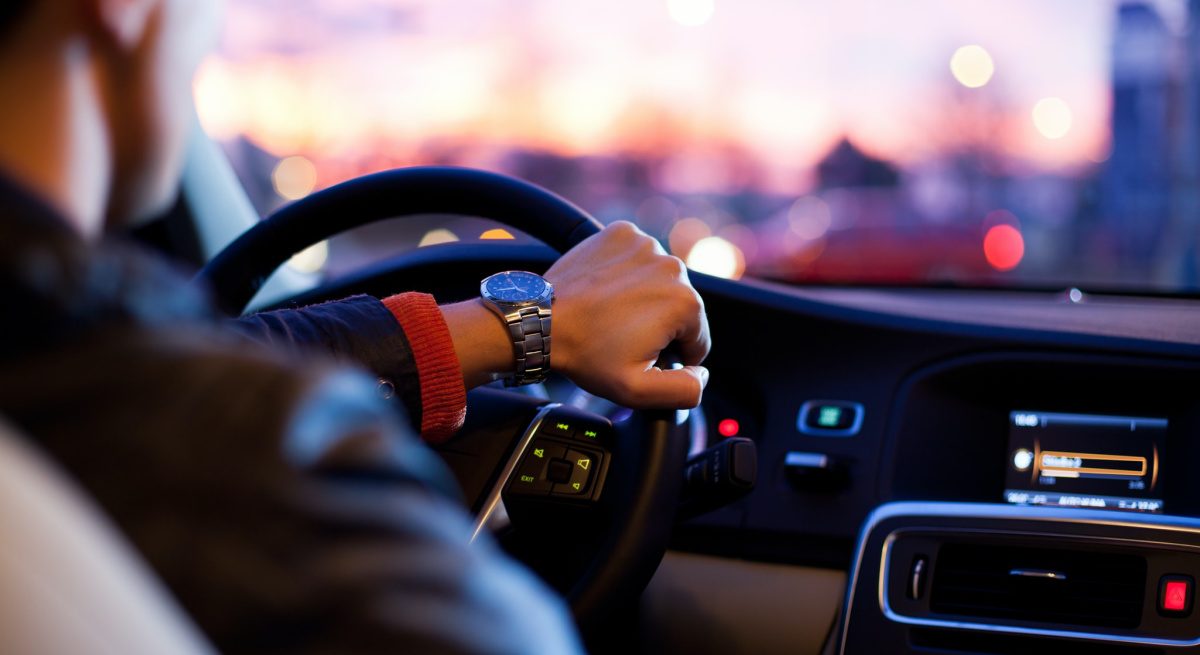Driving the Digital Guest Experience Forward
3 Min Read By Daniel Rodgers
When it comes to the digital guest experience, can you afford to offer anything less than the best?
We read it and heard it repeatedly in 2020; COVID-19 has changed the hospitality industry forever. The way that businesses and operations are run, the consumer outlook, their needs and requirements have all switched direction to adapt to what has been termed, the new normal.
Much of the focus on change has revolved around the physical ordering and dining space. How to adapt the layout of the point of sale, how to demonstrate a commitment to hygienic practices and how the adoption of ordering technologies can promote social distancing and reduce staff/guest contact. Less commented on is the fact that consumer-facing technology interfaces need to evolve in order to drive the digital guest experience forward.
There is no doubt that consumers have been encouraged down a path of digital adoption. In following that road, those same consumers have become more perceptive and less accepting of poor technology experiences. Now, it’s not enough for them that a technology simply ‘works’ – with hundreds of different platforms servicing the market – they are ready and willing to poke holes in those that lack functionality or fail to meet their heightened standards. Indeed, presenting guests with a technology offering anything other than a premium experience can now prove detrimental to a brand.
Conscientious users are demanding greater design inclusivity, accessibly, and tools that reflect a desire for inviting simplicity. Rather than complicated, fancy UIs that promise the earth (but often fail to deliver), they want tools that are intuitive, quick and easy to use.
For product managers this means focusing on the user journey, removing points of friction and building streamlined designs that make navigation of the user interface natural. If the technology in question is online ordering then large, vibrant images representing the food or drink on offer, clear references to any allergens and links/sub menus for customer favorites and meal deals should all be included. If it’s a reservation system, a diary with simple navigation, the option to leave personal requests and a well-designed ordering confirmation (with instructions about on-site COVID-19 rules) are essential.
No matter the platform in question, businesses should consider the following:
- How quickly can the customer browse the interface and complete their desired action?
- What are all the potential journeys through the platform?
- What personalized features does it offer?
- How many menus/sections (and sub-menus) need to be navigated?
- How clean and engaging is the interface?
Returning to focus on online ordering for a moment; a review of the above might highlight a common sticking point for guests ordering from within a restaurant’s dining space. That is being forced to order and pay in rounds. Rather than sending a separate payment for every course or drink they order, customers would naturally prefer having the option to pay just once, at the end of their meal. Removing such a simple repetitive step streamlines and enhances the experience significantly. The value in changing the journey in this way would also be felt by the operator; customers are likely to spend more when there are less perceived roadblocks in their way.
As we come out of the pandemic, people will prioritize spending with companies and products that have served them best in previous months. That means those that have communicated well, been seen to support their local communities and which have introduced solutions that have made their guest’s experiences with them, better. By doing so these businesses have demonstrated a clear knowledge of the customer’s needs.
Many of the consumer-facing technologies recently adopted by hospitality businesses have been intended to match and replace experiences that used to take place in person. To secure the satisfaction of the service on offer, including the user interface, it needs to recreate the experience, mirroring and, indeed, exceeding the benefits of that task being carried out in-person.
With vaccines rolling out, there is an end in sight for COVID-19 and a return to business for hospitality brands. It’s welcome after a difficult year, but companies mustn't be complacent and assume operations will return to the normal that they knew before.
Guest expectations have been altered forever and it is now, that brands must give time to rethinking the digital experience they offer. Taking time to review the technology in place and ensure it is up to the demand will put them in good stead to make 2021 a fantastic year.


